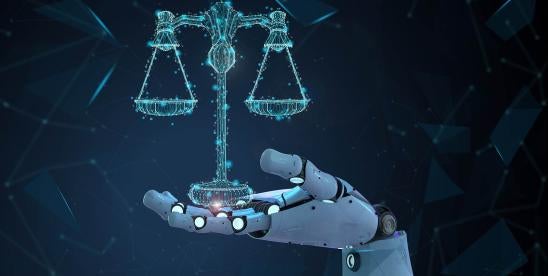SVAMC Publishes First Artificial Intelligence Arbitration Guideli

AI and Arbitration: Silicon Valley Arbitration and Mediation Center Publishes First Guidelines on AI
Artificial intelligence (AI) is an emerging technology with the potential to effect profound changes in all areas of society, including dispute resolution. As the business world increasingly confronts applications of this cutting-edge technology in commercial dealings, the use of AI in commercial arbitration should remain in focus.
On April 30, the Silicon Valley Arbitration and Mediation Center (SVAMC) announced publication of the first edition of its Guidelines on the Use of Artificial Intelligence in Arbitration. It defines AI as “computer systems that perform tasks commonly associated with human cognition, such as understanding natural language, recognizing complex semantic patterns, and generating human-like outputs.”
The Guidelines, consisting of seven guidelines, provide best practices on the use of AI in international arbitration for all participants in arbitration (Guidelines 1-3), for parties and party representatives (Guidelines 4 and 5), and for arbitrators (Guidelines 6 and 7). They cover the following topics:
- Understanding the uses, limitations, and risks of AI applications.
- Safeguarding confidentiality.
- Disclosure.
- Duty of competence or diligence in the use of AI.
- Respect for the integrity of the proceedings and the evidence.
- Non-delegation of decision-making responsibilities.
- Respect for due process.
In general, the Guidelines aim to address both present and future applications of AI, with frequent updates to ensure they remain current with technological advancements.
As reflected in the accompanying Model Clause, the Guidelines are intended to serve as guiding principles to the extent agreed by the parties. They may also apply following a decision by an arbitral tribunal or arbitration institution to adopt them and may be adopted in whole or in part.


